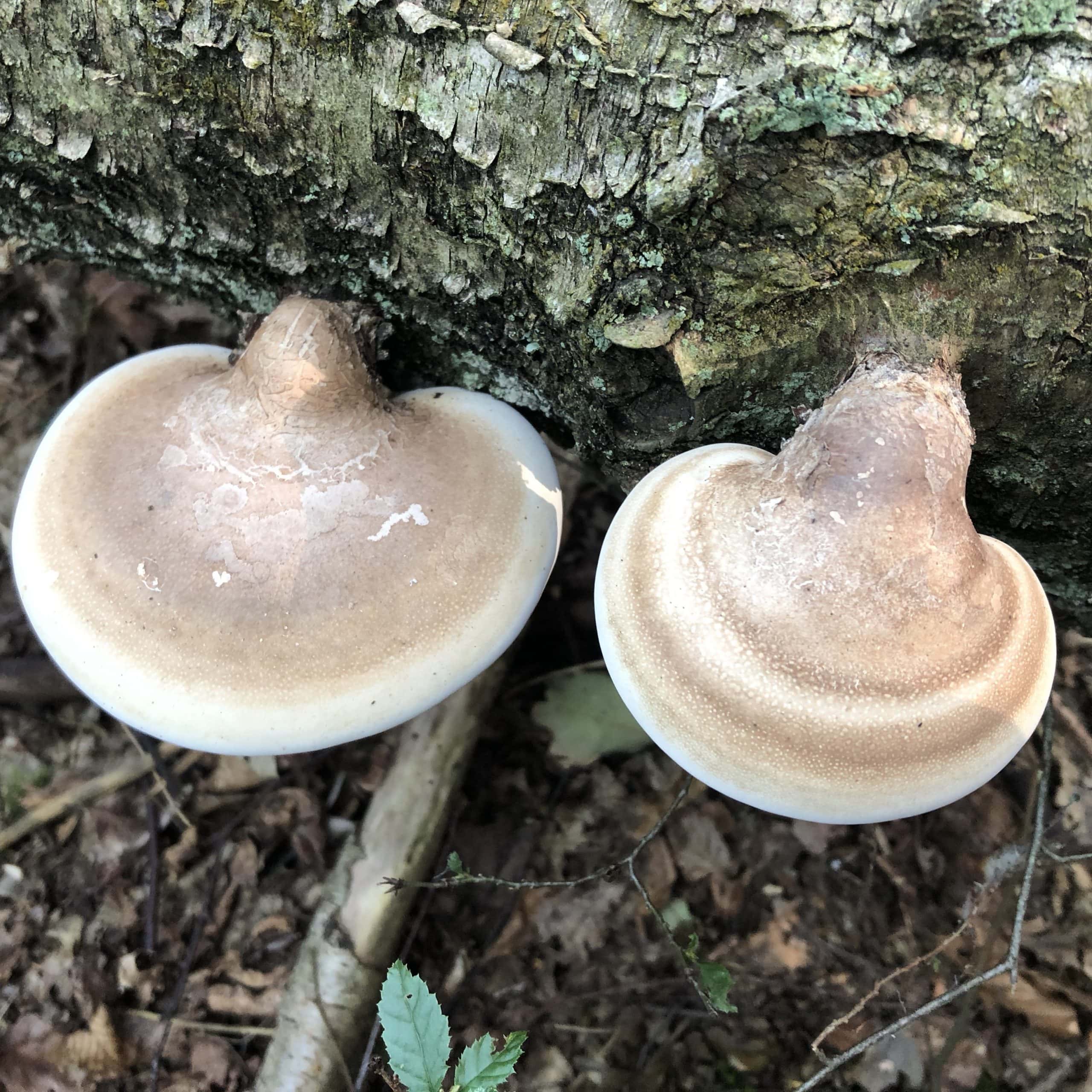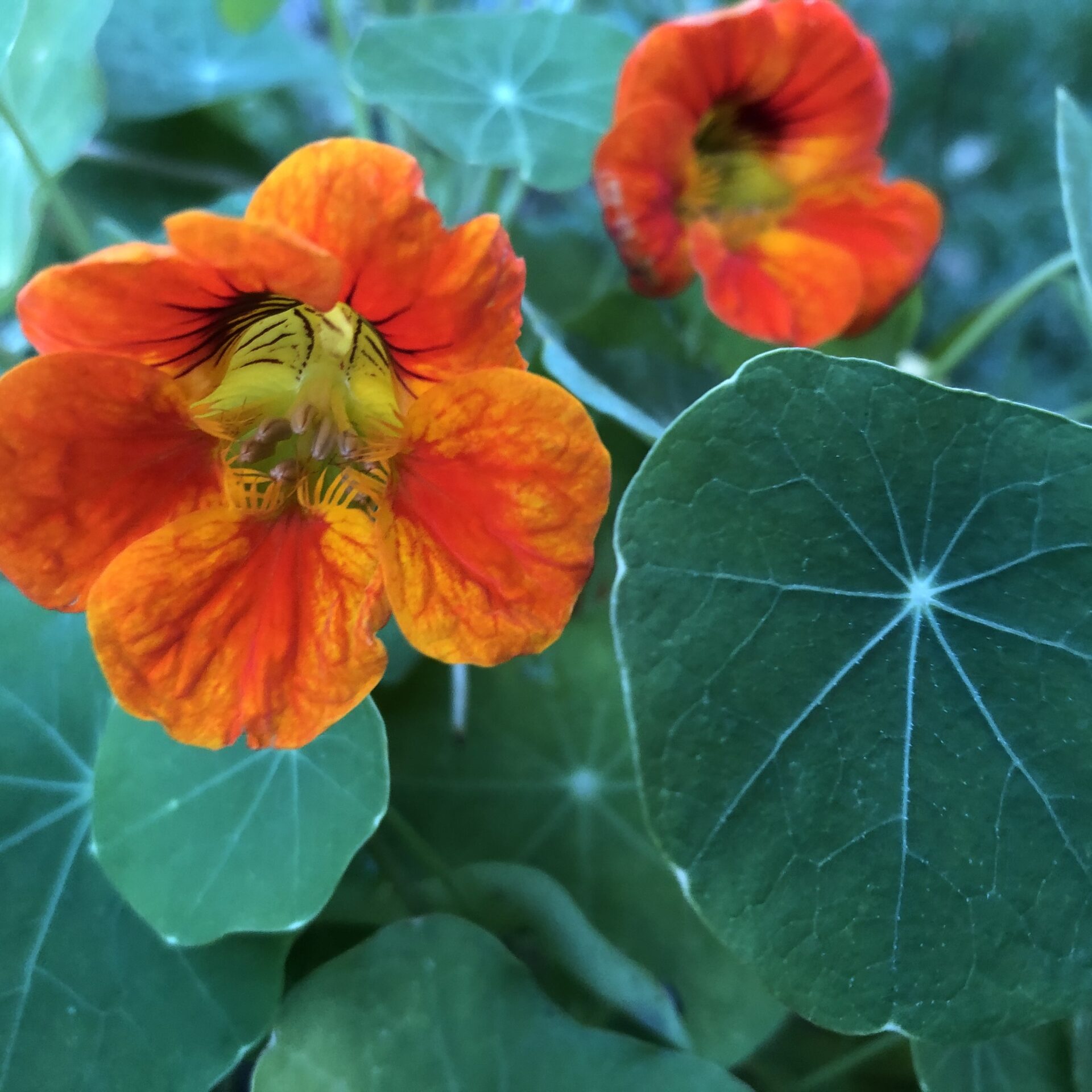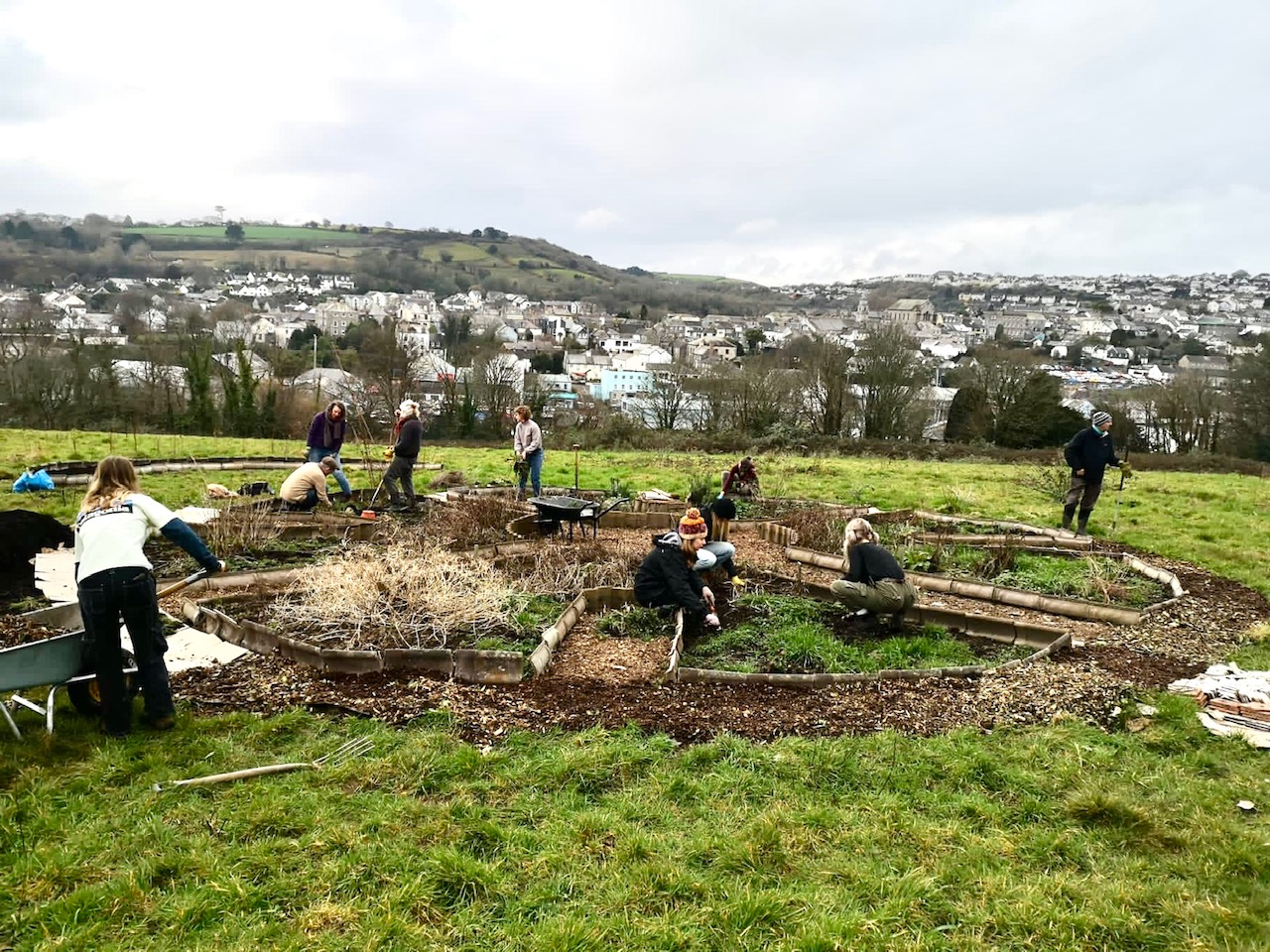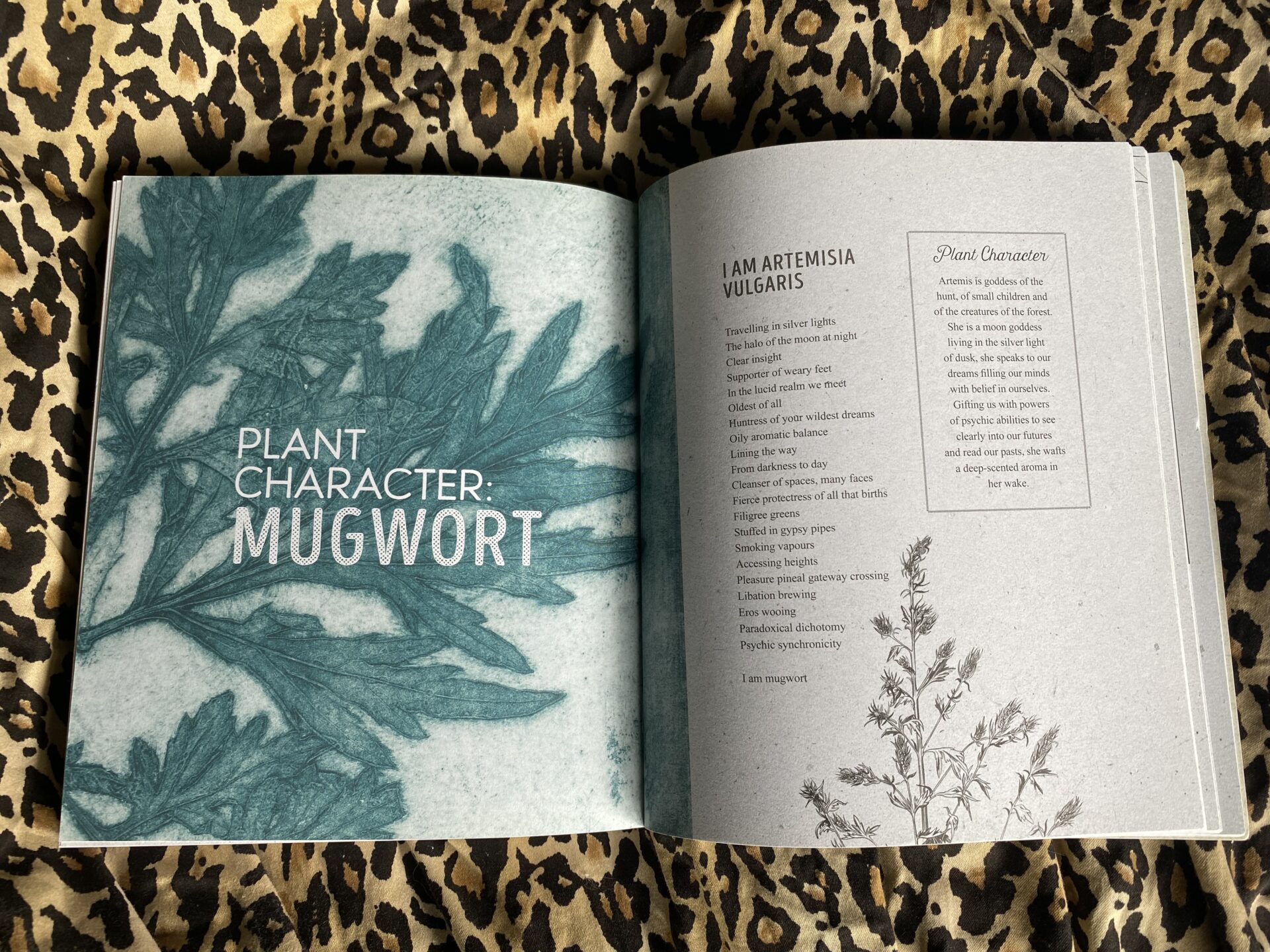Seed Sista Kaz waxes lyrical about her love affair with the eyes of the underworld…the mycelium medicinal wonderment autumnal wanderers, the mushrooms…
It is Mushroom season, the woods are full of exciting delights…..
My mother is from Czech republic, and my father’s family from Austria and Hungary where wild mushroom are commonly eaten and foraged from the woods. As kids come the Autumn and my mother had us out in the woods and on the commons locally hunting for boletus /porcini and field mushrooms, parasols etc. I remember breaking onto private golf courses in our scavenging missions.
As a small child she taught me; that gill mushrooms were more tricky to ID and that the pore mushrooms are less likely to kill you!
I vividly remember collecting field mushrooms from the local cricket club and my mum cooking them up as a family dinner, the next morning she had a case of the runs and stomach cramps and I felt a little under the weather, she convinced herself that she had poisoned her family by bad ID – I must have been about 7 but I remember the anxiety, guilt, and self-doubt that she felt.
In the Doctors surgery there happened to be a mushroom book and this compounded her fears even more, she had been taught to ID mushrooms in the woods of Czechoslovakia by her grandfather and uncle as a child, but she worried about the fact she only knew the common local names of the few mushrooms she knew well in her mother tongue. In that moment I realised how complex mycology is and I think it sparked an interest in self learning and understanding this world of wonders.
For the past 10-12 years I have dedicated the autumns to wandering in my local woods and familiarising myself with my local species, of which there are many, and of course I have developed favourites.
My particular interest in mushrooms is the ones that can be utilised as food sources and ones that are packed with medicinal properties – what I have discovered to my mind is that all the wild edibles, are medicinal and hold health giving virtues. Our local woods is full of Chicken of the Woods, Oysters, Boletus, Chanterelles, Deceivers, Puff balls and many more that make tasty dishes.
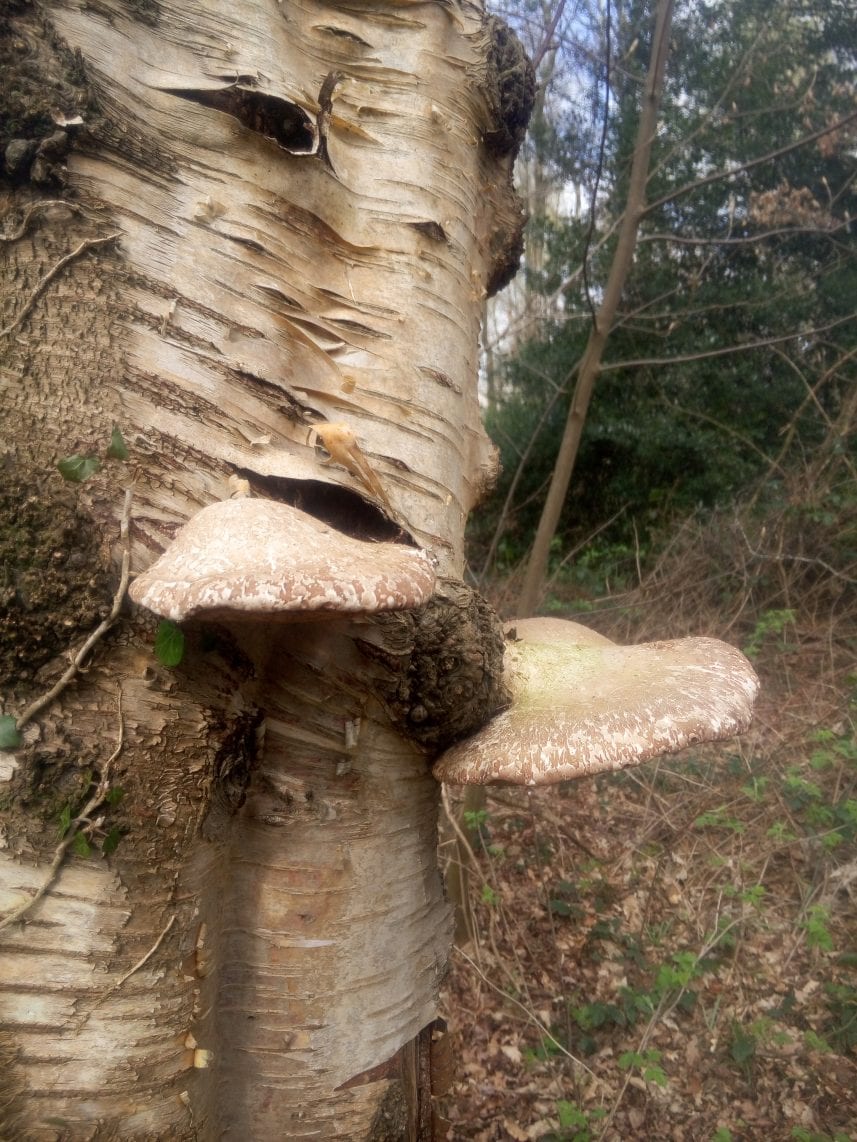
My all time favourite medicinal mushroom is the Birch Polypore also called Razor Strop Fungus or in Latin , Fomitopsis betulina formerly Piptoporus betulinus this mushroom is abundant, which tells me that nature is gifting us with something super useful right now for our times, similar to the way I look at the ubiquitous dandelion.
Razor Strop Fungus pertains to its’ use in old barber shops, apparently they cut a strip from the fungus, dried it and stuck it to flat wood and used as a sharpening agent in doing this they were giving their blades an antiseptic, anti-fungal and styptic wipe, super clever!
Found prolifically on dead Birch, often creating visually stunning stairways leading up the pure silver white tree guiding our eyes heavenwards. Fungi that live on dead trees like this are called Saprophytes but it is a huge class of fungi with vastly differing types of mushroom. Saprophytic fungi feed on dead trees, plant and also animal remains. Many are extremely beneficial, breaking down this organic material into humus, minerals and nutrients that can be utilised by plants. Without these fungi we would also disappear under a mountain of un-rotted dead leaves and logs, we would have no soil.
The Birch polypore fungus has a long tradition use in medicine as an antimicrobial, anticancer, and anti-inflammatory agent. Probably due to the curative properties, pieces of its fruiting body were carried by Ötzi the Iceman. Modern research confirms the health-promoting benefits of F. betulina. Pharmacological studies have provided evidence supporting the antibacterial, anti-parasitic, antiviral, anti-inflammatory, anticancer, neuroprotective, and immunomodulating activities of F. betulina preparations.
I love this mushroom because it is so versatile, in the past it has been used as very fine emery cloth to polish metals, making ink blotters and even bases for mounting insects for collections. It is easy to identify, harvest and prepare and I have benefited greatly from taking and eating preparations. The first thing I made with the mushroom was a Immune tonic for the winter months –
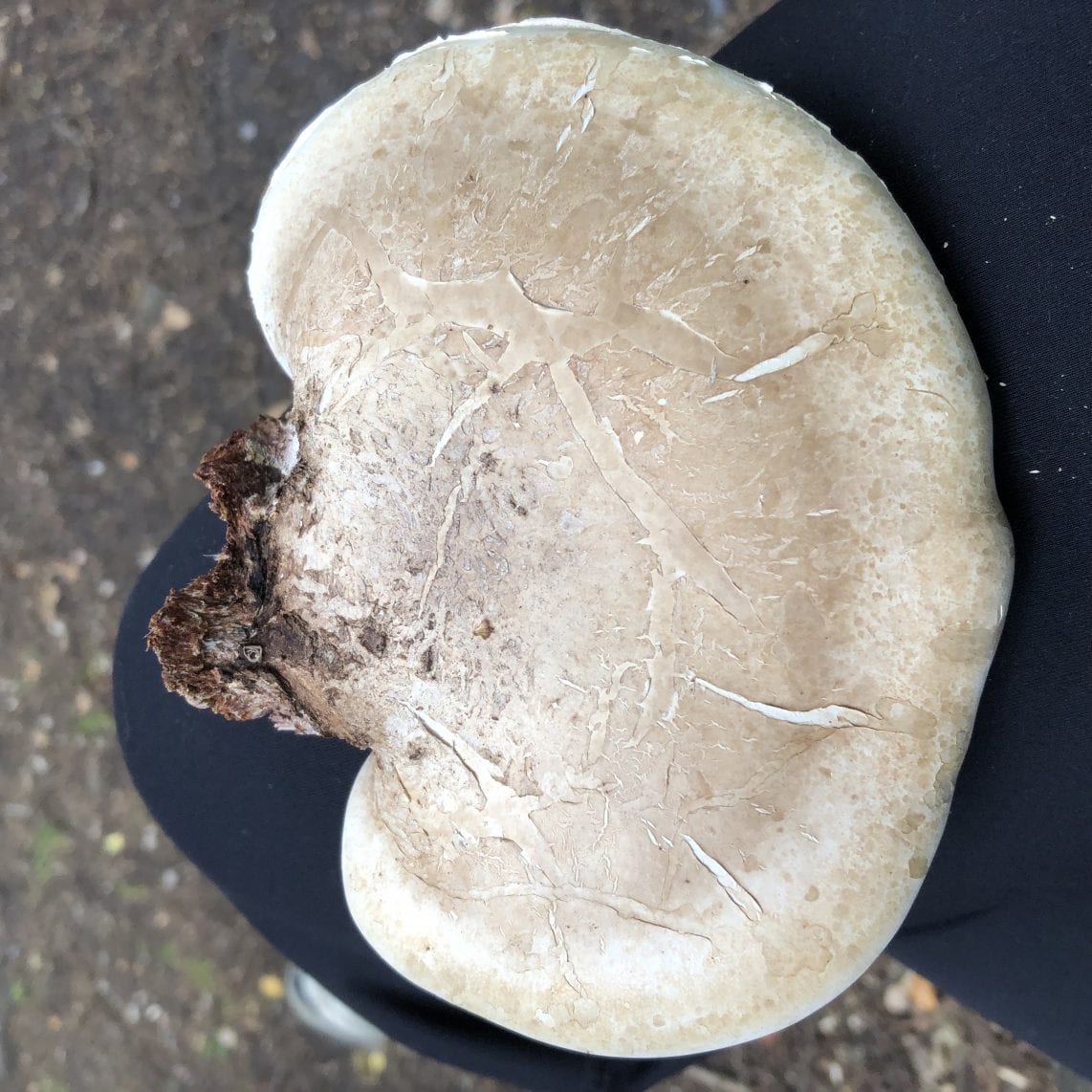
I choose a clear bright day close to the Equinox Full Moon in Sept, prepared myself by setting my intention to harvest the mushroom and walked out into the woods. As I harvest I always love to sing and invite the spirits of nature into my mind, heart and soul. This is the main reason I like to harvest alone so that I can be as wacky and weird as I fancy without feeling embarrassed at the strange sounds, words and ditties that come forth sometimes.
I choose fresh young juicy brackets from the trees and I give my spit and a song or poem or story in return, I tell the woods what I wish to create from the harvest and hold the whole event as something sacred. Sometimes on a harvest I get over come with emotions and find the whole process both incredibly cathartic & enriching.
Bringing these home they are sliced into portions straight away and some are set aside to be dried whilst others go into the slow cooked fresh for the immune tonic, also added are slices of ginger, 5 cloves and 5 star anise. Set to a low heat they then cook for a number of hours, again I like to work magically so 13 hours is what I like to cook them for. Transfer into a big Pan
Immune Tonic Recipe
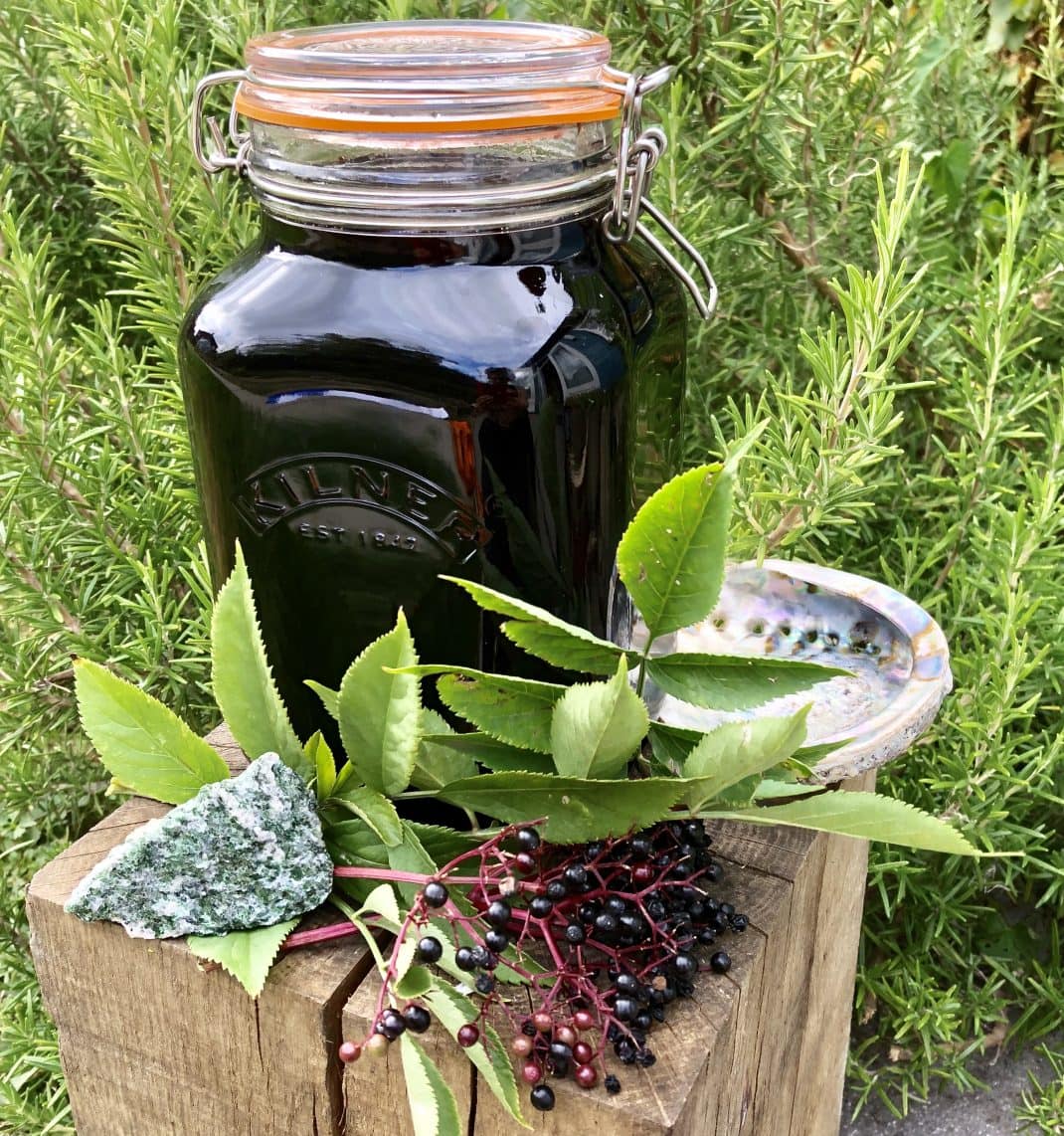
– then elderberries are harvested and the berries stripped from the storks
Added into a pan – with more spices
Brought to the boil and left to simmer for 20 mins
Taking a potato masher – mash up the berries and then strain the liquid out. Strain the liquid and then measure the quantity of all the liquid – and apple equal amounts of apple concentrate and re heat for an hour or two. Bottle and store in the fridge.

